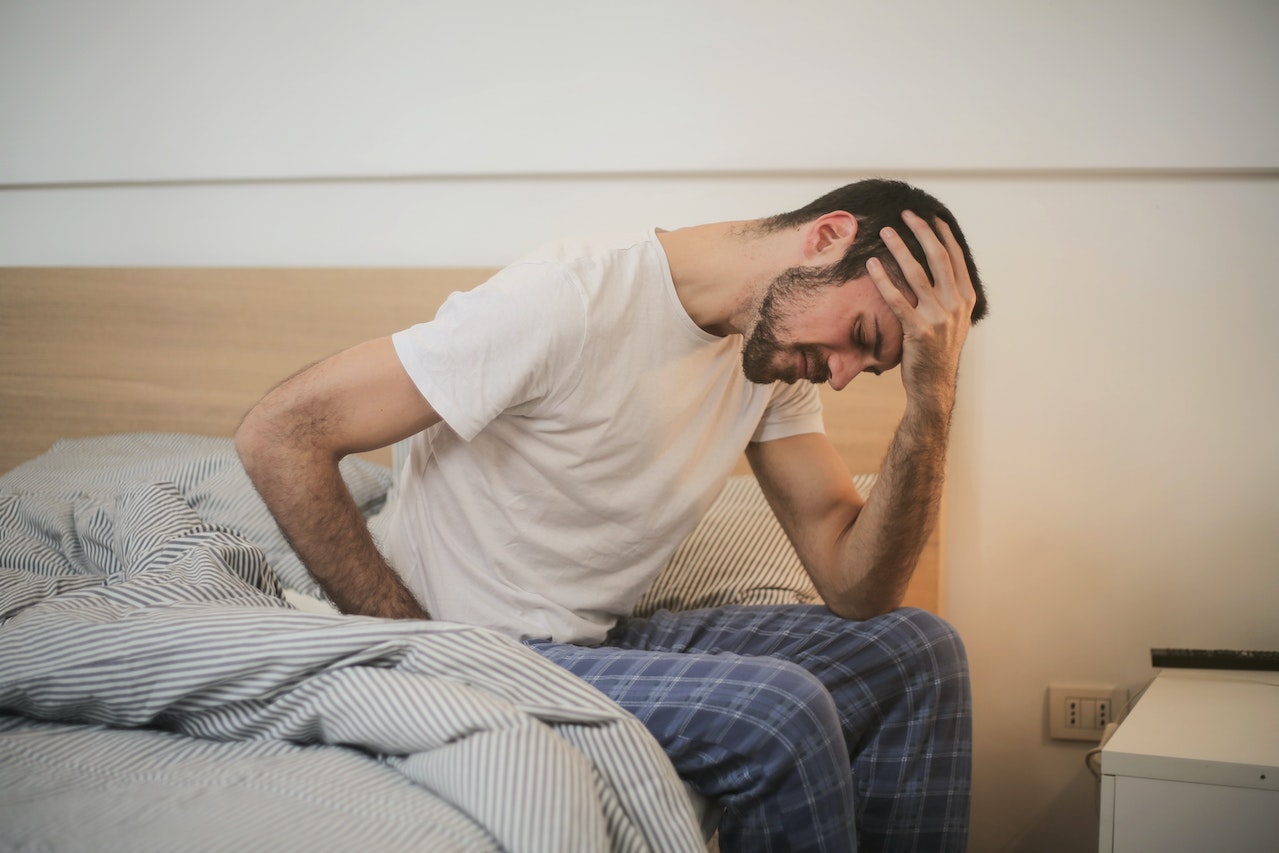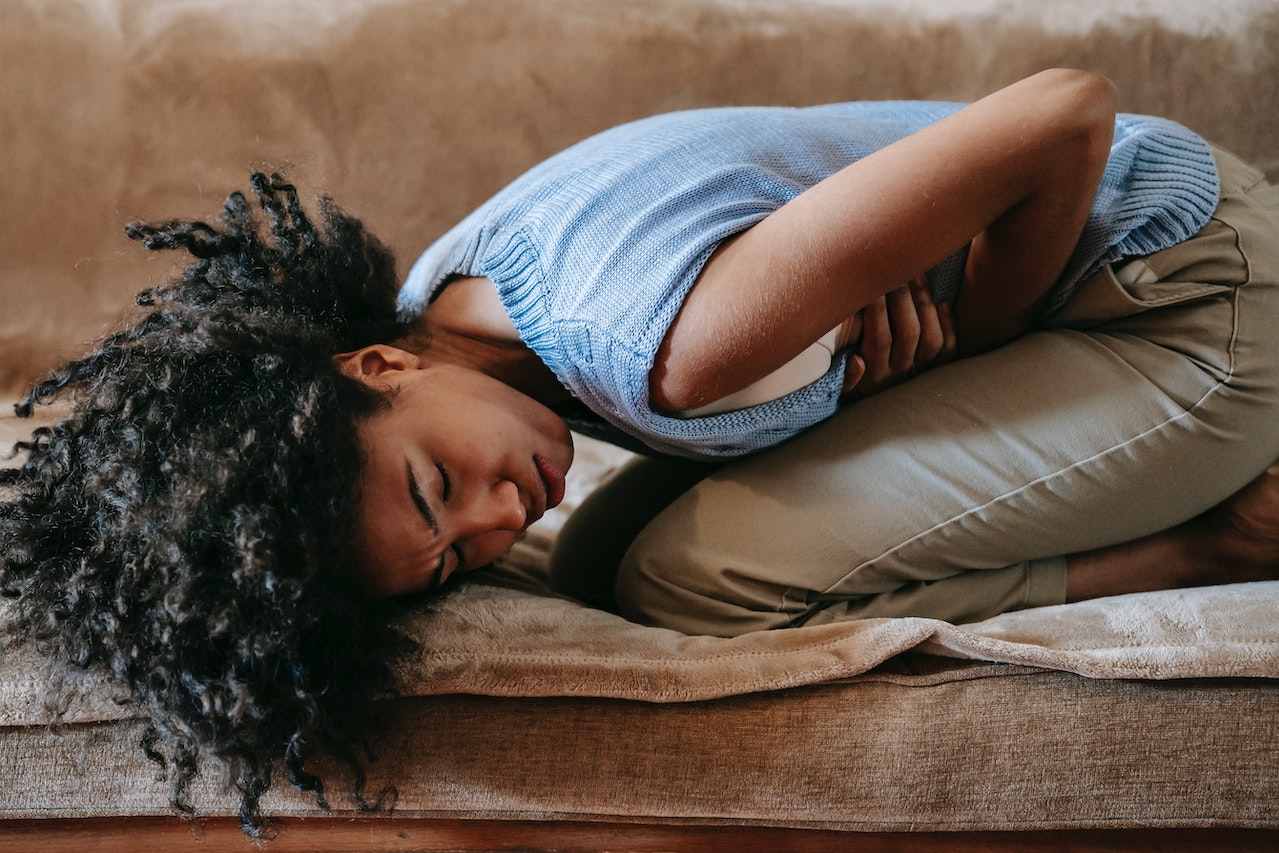5 Surprising Causes of Back Pain After 50


None of us want pain in our lives yet various aches and pains after a certain age can be inevitable. Back pain is one, and it can creep up on us slowly, or appear suddenly one day if we move the ‘wrong’ way.
Although back pain does affect people of all ages, from adolescents to the elderly, back pain after 50 is extremely common. (1)
Did you know, suffering from back pain in many cases can be optional? Tolerating back pain after 50 simply because you think it’s normal for your age is not a positive approach for your physical or mental health.
Ignoring the problem or hoping it might go away can cause you unnecessary discomfort, and even long-term damage.
So let’s take a closer look at this major cause of disability in the older adult population, how it negatively affects daily lives, and surprising things we can do to prevent it.
Back Pain Is No Game!
The USA has one of the highest back pain rates in the world, and it’s likely that you know someone who suffers from this ailment. It is estimated that 15% to 20% of adults have back pain during a single year, and 50% to 80% experience at least one episode of back pain during a lifetime. (2)
The common problem of back pain in older adults is one of enormous social, psychological, and economic burdens. Problems encountered can include:
- Negative effects on independence
- Feelings of frustration, anxiety, and sadness
- Temper flares, brought on by pain
- Fear of pain never going away
- Days missed off work
- Money worries
- Social isolation
- Loss of experiences and hobbies
- Decreased self-esteem
- Increased hospital and doctors bills
- Less satisfying romantic relationships (4,5)
Back pain after 50 can paint a grim picture. The first attack of back pain typically strikes between the ages of 30 and 50, and back pain becomes more common as one gets older. (3)
But why?
As we advance in years, decreases in muscle elasticity and tone happen naturally. Our intervertebral discs begin to lose fluid and flexibility with age, which decreases their ability to cushion the vertebrae. Also, loss of bone strength increases with age, as does the risk of spinal stenosis, fractures, arthritis, and osteoporosis. (3)
Subsequently, weak back and abdominal muscles may not properly support the spine, causing pain, and this can happen due to lack of physical exercise or regular exercise. (3)
Lastly, we have to be physically fit to avoid back pain, and many people find themselves exercising much less as they become older. (3)
Yet apart from the well-documented causes of back pain, there are still some surprising causes of back pain after 50 many people don’t know about.
So what causes these kinks — and what can we do to avoid or move past them, going forward into our advancing years?
5 Little-Known Causes Of Back Pain At Midlife
Sleeping Less-Soundly
Sleeping on our side with the knees drawn up in a fetal position can help open up our joints in the spine, and relieve pressure by reducing the curvature of the spine. It is recommended to sleep on a firm surface for better support because a mattress that’s too soft will cause the spine to fall out of alignment. Medium support is best. Too hard is plain uncomfortable for the whole body.
If your back does “go out,” gentle stretching is superior to bed rest. Bed rest beyond 48 hours can increase the duration and intensity of back pain, and slow down any recovery. (3,6,7)
The Wrong Shoes
We all know wearing high heels can cause our backs to go out of alignment, but did you know flat shoes do the same? Flat shoes can change our gait, especially if the soles are uneven.
We should wear shoes with a slight arch for support, and buy new shoes if ours are getting worn down in the sole, because this causes the nerve-endings in our feet to absorb too much impact when walking, causing instability, putting our backs out of balance. (7)
Smoking
Smoking decreases blood flow to the lower spine, which can add to spinal disc degeneration. Smoking also increases the risk of osteoporosis and impedes any healing of our bodies. Coughing due to heavy smoking also may cause back pain. (3)
Stress And Arguing
Mental or emotional distress can be a reason we experience back pain, with stress itself being the body’s reaction to certain – usually unpleasant – situations or thoughts. In order to protect us from harm, our bodies undergo chemical and physical reactions when we stress over something or argue. Cortisol and adrenaline are released, and our muscles typically tighten involuntarily. This is common in the neck, shoulders, and lower spine. So, no arguing! (8)
Avoidance Of Holistic Treatments
When we first experience pain, it affects our pain-sensitivity brain circuits. When pain persists, the associated brain activity shifts away from “pain” circuits and toward circuits that process our emotions. We get distressed, which in turn exacerbates the pain. Back pain like any other can cause this vicious circle of emotional and physical pain.
Thankfully, studies are showing the number of people in older generations making use of complementary and alternative medicines is increasing. Acupuncture, for example, is presenting great results in treating pain stemming from osteoarthritis in older adults. Tai Chi and Mindfulness Trainings have also been proven to have potential. (8,9)
Age Doesn’t Come Easy
As we get older we tend not to participate as much in activities we indulged in when we were younger. If we sit for a period of time, our joints aren’t being used, and immobility in the nerve-dense location of our backs can jump-start what’s known as the pain-spasm-pain cycle, in which a skeletal muscle spasm causes pain in our spines. This can extend to our hips and sacroiliac joints. (9)
At over age 50, we have to be clear on our own fitness goals, then roll with them, and ultimately achieve them.
With a bit of care, most of us will still have the physical agility and ability to sprint, swim, take walks, join in at older adult fitness classes, and sustain complex movement patterns with grace and coordination, long into our golden years. The key is to choose a favorite routine to stretch and strengthen our backs.
Relish your freedom to choose how to conquer your back pain, by knowing how to act and what to do when you start to feel an ache or a twinge.
Don’t let back pain after 50 take power over your happiness and comfort. Instead, look forward to every day after age 50, with absolute zeal.
Sources:
- https://www.acatoday.org/Patients/What-is-Chiropractic/Back-Pain-Facts-and-Statistics
- https://pubmed.ncbi.nlm.nih.gov/17445733/
- https://www.ninds.nih.gov/Disorders/Patient-Caregiver-Education/Fact-Sheets/Low-Back-Pain-Fact-Sheet
- https://www.ncbi.nlm.nih.gov/pmc/articles/PMC5914385/
- https://www.spineuniverse.com/conditions/back-pain/back-pain-its-impact-sexual-satisfaction
- https://health.clevelandclinic.org/back-pain-your-spine-and-father-time/
- https://www.aarp.org/health/conditions-treatments/info-2020/shoes-for-healthy-feet.html
- https://www.health.harvard.edu/blog/psychology-low-back-pain-20160425953
- https://www.aarp.org/health/conditions-treatments/info-2021/(back-pain.html
- https://www.ncbi.nlm.nih.gov/pmc/articles/PMC4127825/
- https://www.mcmasteroptimalaging.org/age-well/healthy-lifestyles-and-wellness/complementary-and-alternative-medicine









